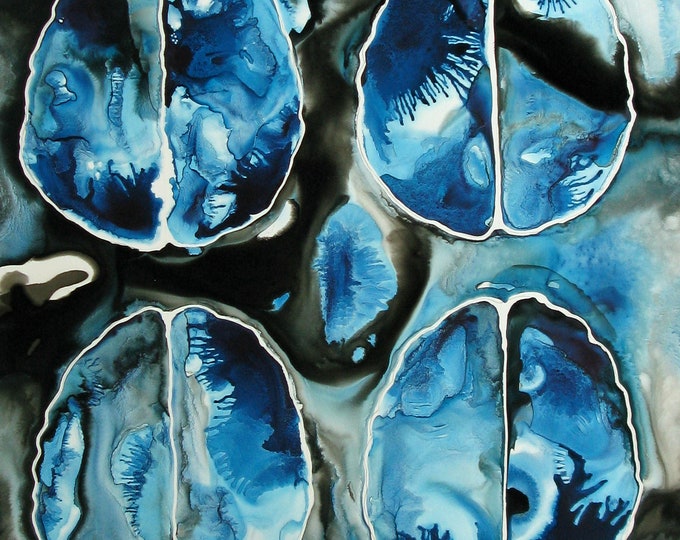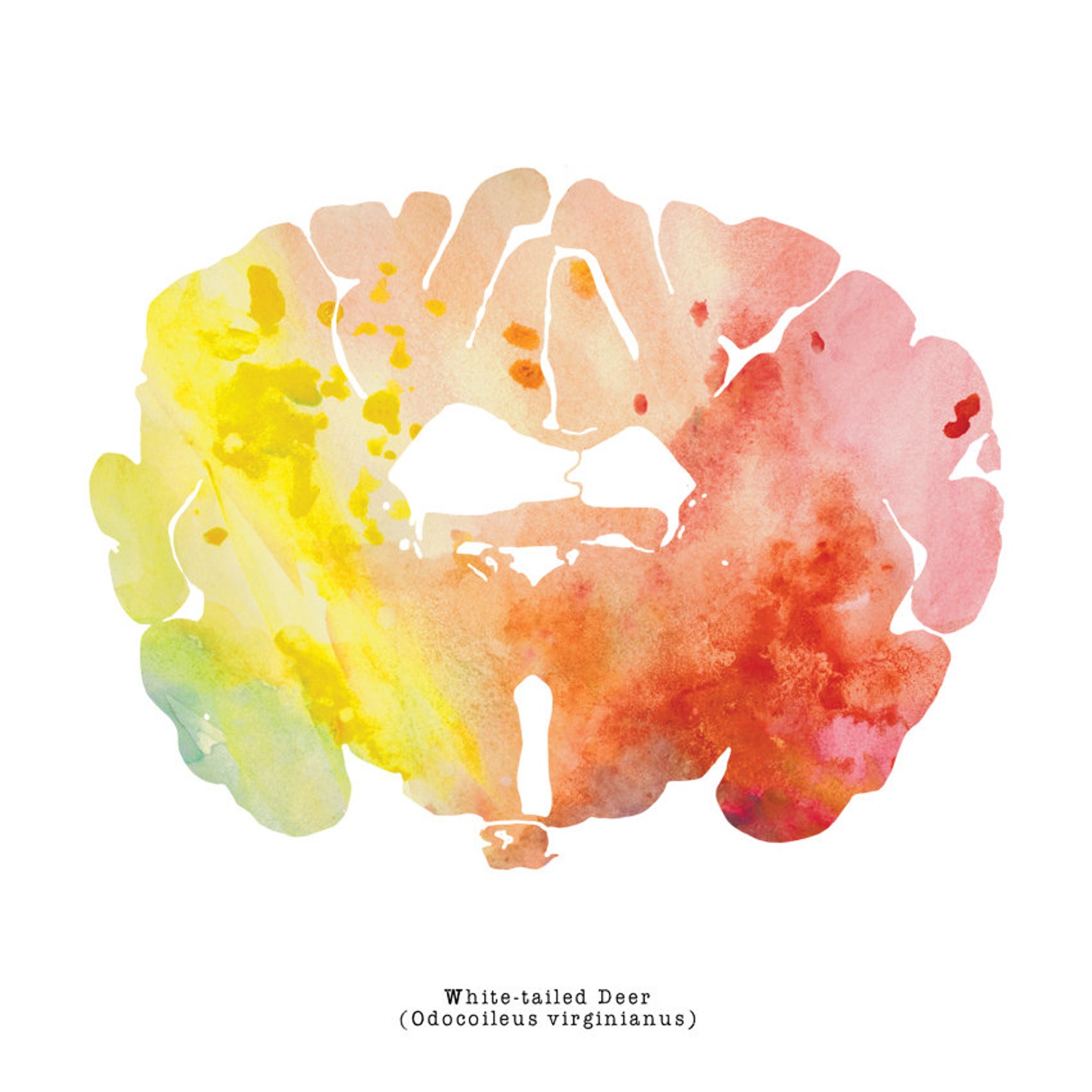How do humans perceive art? If appreciation of art is only a specific neural activity in the brain, can we create art through neural stimulation? But under the interpretation of a single subject, it will fall into the limitations of new terms…

Different essays help us understand arts through neuroscience, and at the same time, provide a dialectical perspective to realize the limitations of neuroscience; therefore, we need to consider more social sciences, like anthropology and philosophy, to comprehend the concept of art more comprehensively.
How does neuroscience explain art? Neuroesthetics combined with other disciplines, through experiments and summaries, explained the artistic universal laws of art, and the scientific logic behind the brain’s neural response. Two examples are listed in the article: Peak shift & Isolation, creators can magnify an obvious feature of an image or artwork to produce supernormal stimulus, which makes the audience’s brain react more positively. Those caricatures use this, exaggerating facial features; that makes a deep impression; similarly, people’s attention is limited, so general sketches will be more powerful and evocative than photos. Here quote Mies’s famous aphorism: “Less is more.” What can be proved is that due to separation from the external environment, children with autism are more focused and more likely to have artistic talents than normal children. Those aesthetic judgments and criterion based on experience, seem to have gained more scientific explanations and support under modern scientific research.

But there are also some who hold different opinion on neuroscience. Art is an effective tool to portray a better picture of our human nature. Then it is different from design and technology. It does not emphasize pragmatism so much. The value of artworks is not in the work itself, but in whether the person who appreciates it can feel: they reveal something deep and important about our biological nature. An example that can be thought of here is Venus de Milo. As a sculpture itself, damage reduces its decorative value, but people appreciate this incomplete beauty. Then its artistic value is actually higher. Art is also a research practice that helps us explore the relationship between ourselves and the world, leading our attention to the meanings under the plain surface; Leonardo’s “the lady with the ermine” is an example cited. So based on this point of view, purely neuroscience to explain art will be too individualist. For example, the influence of the social environment on the public’s aesthetics cannot be ignored. Educational background, experience, and comments from authoritative people around you are all potential influencing factors.

Lady with an Ermine
Explaining art through the activities of the brain’s inner nerves, instead of studying mind and brain well from cognitive life, will turn them into one-sided concepts in a single discipline; if under old thinking-“ The brain operates like a computer”, treating the brain as a black box, and studying what the mind response to external stimuli, it ignores the nature of its generation and transformation; an example here is Blind Man’s Stick Hypothesis, This is a process of activating the brain’s cognition by transforming the sense of touch into the vision and using an external stick. The transformation process in this process is exactly ignored by neuroscience research.
Actually, I am also confused here. Sensors can also convert the attributes of the external environment into digital signals that can be read and understood by computers. What is the deep difference here? After thinking about it, it is probably the author’s emphasis on “the process cannot be ignored,” and there are flaws in inferring through the results.
References:
- The Artful Brain V.S. Ramachandran
- The Neuroscience of Art Mengfei Huang
- What Art Unveils Noe. New York Times
- Bruce Sterling’s critique and love note to “the New Aesthetic” Cory Doctorow
- Metaplasticity and the Primacy of Material Engagement Lambros Malafouris
About this Post
This post is written by Siqi Shu, licensed under CC BY-NC 4.0.